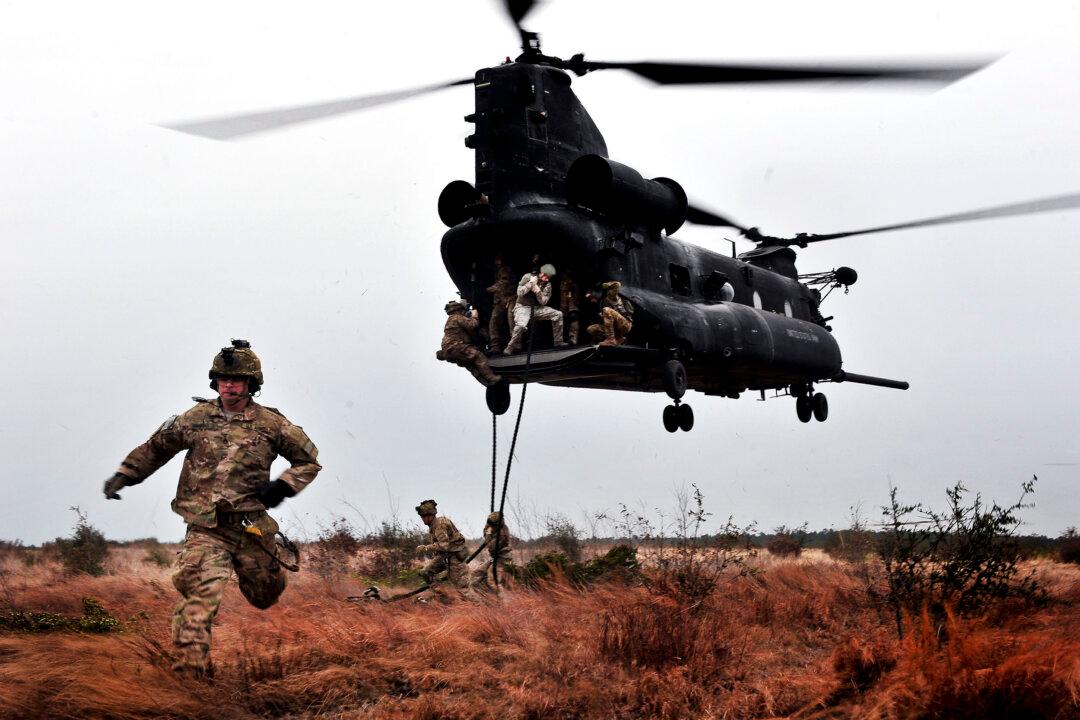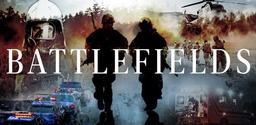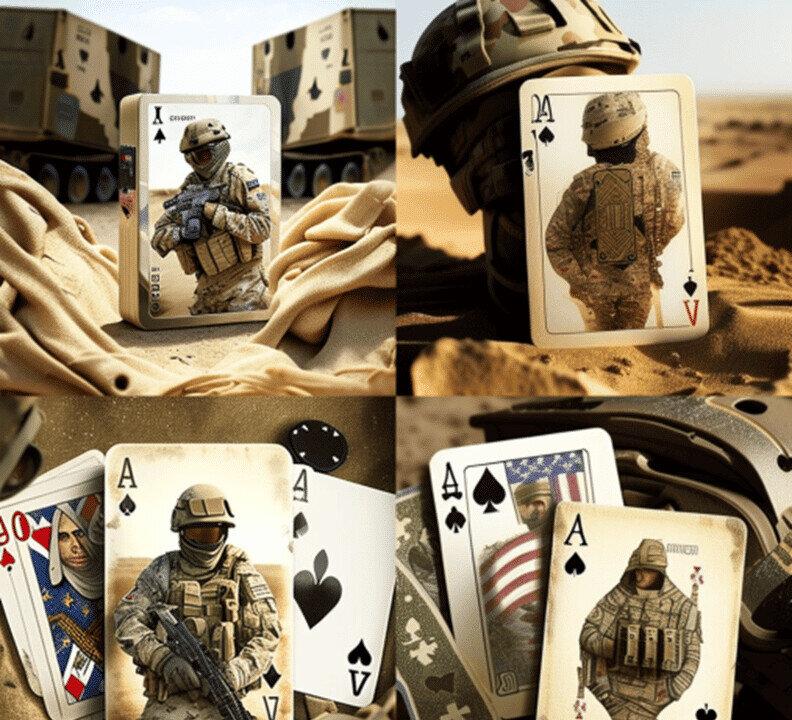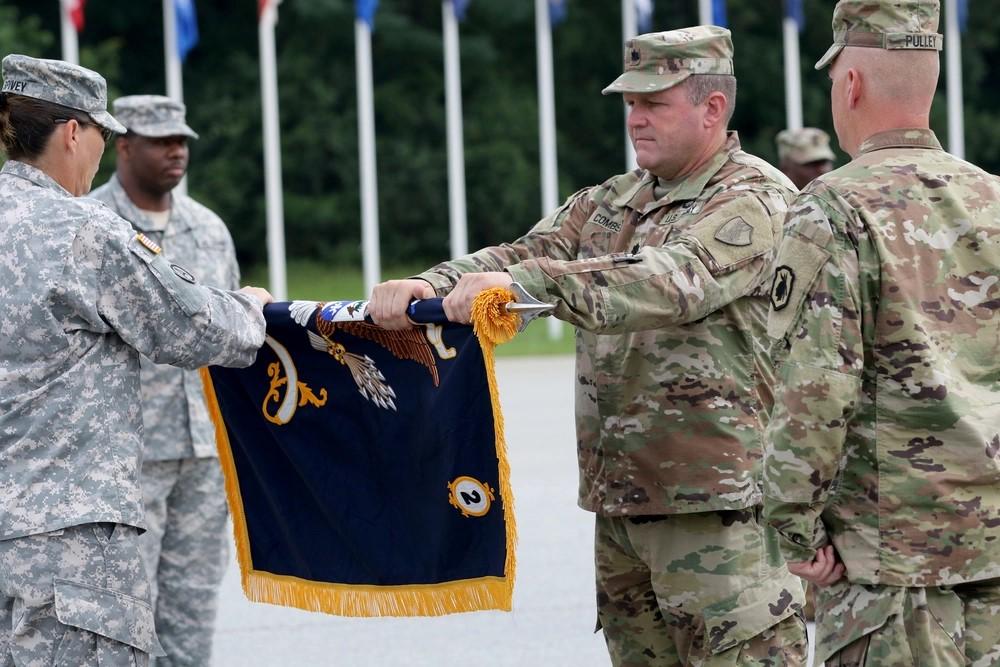I was never in the Ranger Regiment, but I’m fortunate to know a lot of Rangers. I even helped write a book about them, once upon a time. But this is a different story, a story about how a unit I was never in, taught me to dance.
I was in the Army for more than 27 years. And as a military intelligence officer with seven combat deployments and service in multiple special operations forces (SOF) units, I saw a lot and done a lot, and been exposed to the best and the absolute worst that humanity has to offer. I’m very grateful for that.





